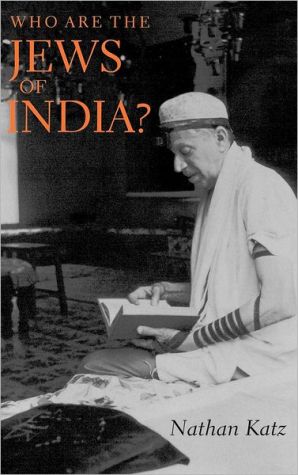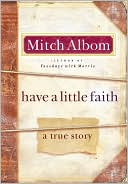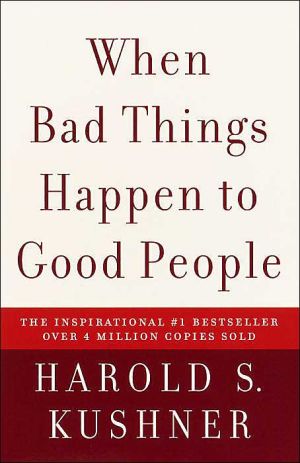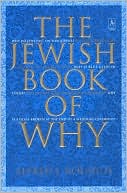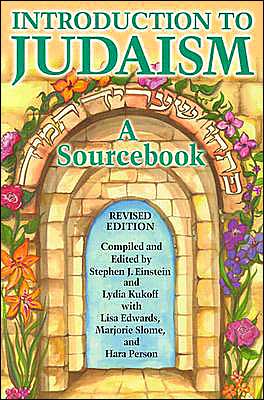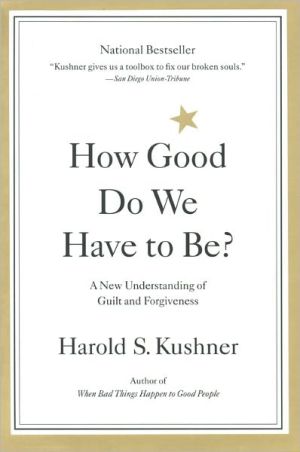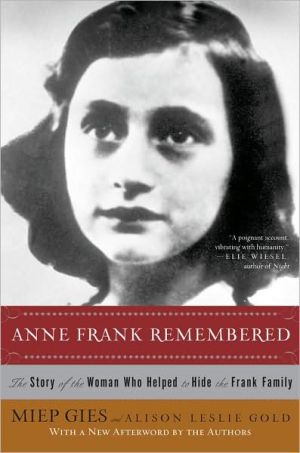Who Are the Jews of India?
Of all the Diaspora communities, the Jews of\ India are among the least known and most interesting. This readable study, full of vivid details of everyday life, looks in depth at the religious life of the Jewish community in Cochin, the Bene Israel from the remote Konkan coast near Bombay, and the Baghdadi Jews, who migrated to\ Indian port cities and flourished under the British Raj. Who Are the Jews of\ India? is the first integrated, comprehensive work available on all three of\ India's...
Search in google:
"The last decade or so has seen a surprising amount of new publications on the Indian Jews. The awareness that the communities are disappearing has prompted memoirs by its elders as well as scholarly studies. Who Are the Jews of India? is the first book to present a readable, interesting, integrated treatment of the three distinct Indian Jewish communities that have evolved—the Cochin Jews, the Bene Israel, and the Baghdadis. It also brings together material on the Baghdadi communities of Bombay, Calcutta, and Southeast Asia in a way that I have never seen before. Its presence is most welcome; its scholarship is superior." —Daniel Gold, author of Comprehending the Guru: Toward a Grammar of Religious Perception and The Lord as Guru: Hindi Saints in North Indian Tradition. Times Literary Supplement - Bernard Wasserstein This is an admirable survey of the known facts and the self-justifying legends of an ancient Jewish community that today has all but vanished. Katz calls the 'Indian chapter one of the happiest of the Jewish Diaspora.'.... Jews in the subcontinent rarely encountered hostility.... Katz is most intimately acquainted with the least studied Indian Jewish community, that of the Malabar coast, who included both 'black' Jews, whose origins are shrouded in antiquity, and 'white' Jews, who may be partly descended from Spanish traders. He shows how the Jews of Cochin and other towns of the region gradually adopted Hindu practices, without, however, abandoning Judaism. He calls their language 'a sort of Malabar Yiddish', in which Hebrew, Tamil, Spanish, Dutch, and English elements were injected into Malayalam. Written sources on these communities are scanty, but Katz's anthropological approach builds a credible picture of the Cochin Jews' historical self-understanding, their relations with their neighbours and their syncretistic customs. While generally written with great sympathy, the book occasionally slips into moralizing - as in Katz's evident indignation at the Cochin Jews' development of their own miniature caste system.... Today, for all purposes except tourism, the Cochin community is dead. Katz reports that in 1987 it could not even muster a minyan (the prayer quorum of ten men). The two other Indian Jewish communities, the B'nai Israel of Bombay and the Baghdadi Jews of Calcutta, have also declined into near atrophy.
\ Bernard WassersteinThis is an admirable survey of the known facts and the self-justifying legends of an ancient Jewish community that today has all but vanished. Katz calls the 'Indian chapter one of the happiest of the Jewish Diaspora.'.... Jews in the subcontinent rarely encountered hostility.... Katz is most intimately acquainted with the least studied Indian Jewish community, that of the Malabar coast, who included both 'black' Jews, whose origins are shrouded in antiquity, and 'white' Jews, who may be partly descended from Spanish traders. He shows how the Jews of Cochin and other towns of the region gradually adopted Hindu practices, without, however, abandoning Judaism. He calls their language 'a sort of Malabar Yiddish', in which Hebrew, Tamil, Spanish, Dutch, and English elements were injected into Malayalam. Written sources on these communities are scanty, but Katz's anthropological approach builds a credible picture of the Cochin Jews' historical self-understanding, their relations with their neighbours and their syncretistic customs. While generally written with great sympathy, the book occasionally slips into moralizing - as in Katz's evident indignation at the Cochin Jews' development of their own miniature caste system.... \ Today, for all purposes except tourism, the Cochin community is dead. Katz reports that in 1987 it could not even muster a minyan (the prayer quorum of ten men). The two other Indian Jewish communities, the B'nai Israel of Bombay and the Baghdadi Jews of Calcutta, have also declined into near atrophy.\ —Times Literary Supplement\ \ \
